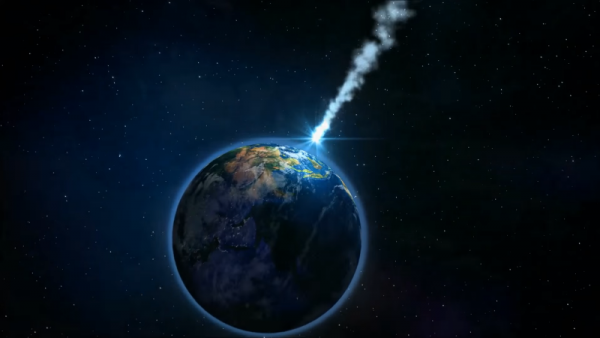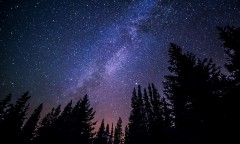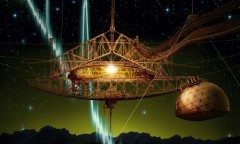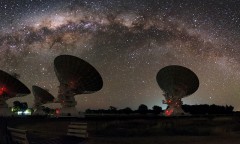By KM Diaz, | May 13, 2017

Fast radio bursts are extremely short blasts of strong radio waves from space, but no one knows, even scientists, where it came from and what makes them. (YouTube)
A new fast radio burst (FRB) has been detected by an international team of space researchers. The team published a paper to describe and trace the source of the latest FRB, uploaded to the arXiv preprint server.
FRBs are considered to be a development for space scientists. These are extremely short blasts of strong radio waves from space, but no one knows, even scientists, where it came from and what makes them.
Like Us on Facebook
The detection of the new FRB, named FRB 150215, has been first identified by researchers working with the Parkes Telescope in New South Wales, Australia. Several teams have prepared their telescopes to the origin of the new FRB shortly after it was detected, but none of them detected what causes it, and where it exactly occurred.
Moreover, researchers have found that the new FRB had chosen an unusual path through the Milky Way, after observing the data from the follow-up telescopes. The team has learned something new about our galaxy, though they discovered nothing new about the source of FRBs in general.
The FRB 150215 indicates the detection of 22 FRBs to date, in which none of them have identifiable sources and one of the greatest mysteries of space science. Some scientists suggest that tracing its source is relatively easy like a phenomenon took place in the space creating strong pulses of radio waves.
The mysterious source of FRBs has pointed several theories about their nature - from supernova to alien communications. Others also believe that detecting the source of FRBs has been unsuccessful as space scientists are viewing the problem backwards, in which FRBs occur right after the precipitating event. Like searching for supernovas in the night sky, then observe for FRBs later.
Lastly, the observation of FRBs could possibly increase while the mystery expands and new telescope technology develops. FRBs are likely common, and that once they are recognized regularly, researchers can focus on studying at patterns.
-
Use of Coronavirus Pandemic Drones Raises Privacy Concerns: Drones Spread Fear, Local Officials Say

-
Coronavirus Hampers The Delivery Of Lockheed Martin F-35 Stealth Fighters For 2020

-
Instagram Speeds Up Plans to Add Account Memorialization Feature Due to COVID-19 Deaths

-
NASA: Perseverance Plans to Bring 'Mars Rock' to Earth in 2031

-
600 Dead And 3,000 In The Hospital as Iranians Believed Drinking High-Concentrations of Alcohol Can Cure The Coronavirus

-
600 Dead And 3,000 In The Hospital as Iranians Believed Drinking High-Concentrations of Alcohol Can Cure The Coronavirus

-
COVID-19: Doctors, Nurses Use Virtual Reality to Learn New Skills in Treating Coronavirus Patients











